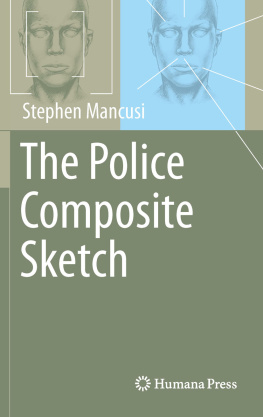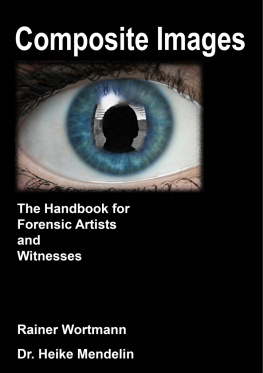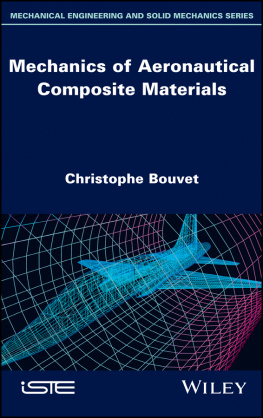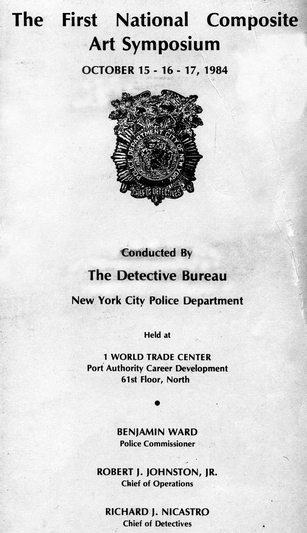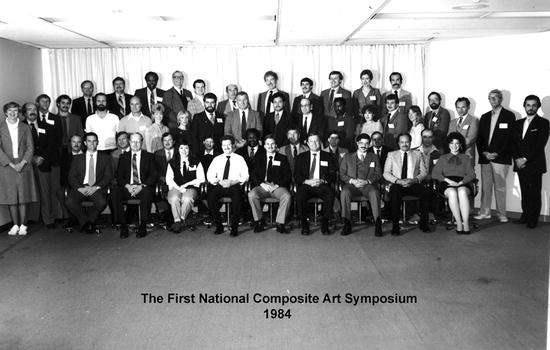Forensic Art
Forensic art includes the disciplines of composite art, image modification, age progression, facial comparison analysis, demonstrative evidence, and postmortem/skull reconstruction. Police composite sketching is one of the most complex skills in the field of forensic art. The forensic artist is a multi-skilled professional. Though drawing or sculpting ability is paramount, additional skills are required. The forensic artist should also have knowledge of victim psychology, facial anatomy, human memory, and aging trends. The ability to communicate, interact, and interview victims as well as witnesses from all walks of life for all sorts of crimes is a necessity.
In the past 25 years, the previously known police sketch artist has evolved into the forensic artist. In fact, police composite artists are designated as forensic artists. Forensic art evolved when police composite artists of that time began to organize what we did. In the fall of 1984, the New York City Police Department (NYPD), under the initiative of Detective Frank Domingo of the NYPDs Artist Unit, held the First Composite Art National Symposium (Fig. ). All the forensic art issues that are discussed today were explored during this conference. It was one of the first steps in the organization of the forensic art field. As these police art concepts were laid out in the years that followed, it became evident that the word forensic was appropriate. It didnt hurt that at that time real-life television crime shows had just become popular. A national spotlight was cast upon many forensic disciplines sciences and art.
Fig. 1.1
The First National Composite Art Symposium program cover
Fig. 1.2
Composite Art Symposium attendees
The disciplines of forensic art have been used by law enforcement agencies throughout history. When one recalls the Old West, the classic wanted poster with a drawing of an outlaw comes to mind. Many of these drawings were police composite sketches. As an example, the New York City Police Department has had a continuously staffed Artist Unit since 1956, but it used composite sketches long before then.
The forensic artist primarily draws and sculpts but also uses a variety of computer technologies and digital imagery to help create practical investigative images. Over the years, forensic art has proven to be a formidable investigative tool. Time and time again in many celebrated cases throughout the world, it has been the key component in the solution of criminal investigations. On occasion, the forensic image has even pulled the proverbial rabbit out of a hat.
The word forensic does imply a scientific discipline. However, it refers to evidence that is brought into legal proceedings under expert testimony and open to debate. Though many of todays forensic artists have extensive scientific knowledge in specific forensic techniques such as skull reconstruction, it is still an art form. Consequently, forensic art is the artistic technique used in the identification, apprehension, or conviction of a wanted person. This person may not necessarily be a criminal, but could be a missing person or an unidentified deceased person. These forensic images are admissible in a court of law. A question often asked is, are courtroom artists forensic artists? The answer is no. These artists perform their profession during legal proceedings. Generally, in contrast to the forensic artist, the completed artworks are not introduced as evidence, nor are they used for identification. Forensic art consists of the following disciplines.
Composite art : This is the technique of creating a sketch of an unknown subject from individually described parts into a single graphic image. It is intended to be a likeness or similarity of a victims or witnesss perception of the subject at the time the subject was seen.
Image modification : This is the alteration or enhancement of a photograph or video image for the purpose of updating, clarifying, or identifying a wanted subject. Age progressions and regressions are image modifications.
Postmortem reconstruction : Commonly known as skull reconstruction, this involves the rebuilding of facial features of unidentified badly decomposed or skeletal human remains. These images are created (1) digitally, (2) by sketching, or (3) three-dimensionally with clay. They are used for identification. Additionally, postmortem drawings are also reconstruction images. These are the facial drawings created by viewing photographs or the remains themselves of an unknown deceased person. In these cases, the bodies are relatively intact and not as decomposed. These drawings are used for identification.
Demonstrative evidence : This is the creation of visual materials that act as investigative aids or are used during legal proceedings as courtroom presentations.
Facial image comparison analysis : This is an opinion report based on an analysis of a comparison between multiple facial images. It attempts to determine if the subjects are the same individual. However, it is not necessarily meant to be a definitive facial recognition and/or a positive identification since the images in question could be of varying quality. A degree of possibility is the norm for the outcome of the analysis as it relates to an identification or exclusionary result.
Becoming a Forensic Artist
The following question is often asked: How do I begin to be a forensic artist? The answer is simple. The pursuit of traditional artistic skills is an excellent avenue on which to begin. The best direction I can offer is a brief account of how I started. Though a little clich, it is appropriate. My interest was always in art and illustration. I attended the State University of New York at New Paltz and the Fashion Institute of Technology, where I received a professional-level commercial art education. This is pertinent because, contrary to popular belief, art is a skill that requires quality instruction. Though creativity is somewhat inherent, the technical skills of drawing and sculpting must be learned. The forensic artist needs to be fluent in one or both of these techniques. The artist who skips the traditional study of art and decides to throw paint on a canvas, calling it art, is puzzling. Where is the substance behind these images? Even Picasso knew how to paint and draw before he chose to do what he did. Forensic art is not an exception. The forensic artist must acquire traditional artistic skills first and then forensics.

